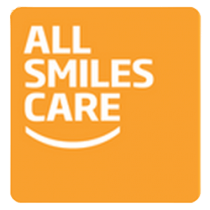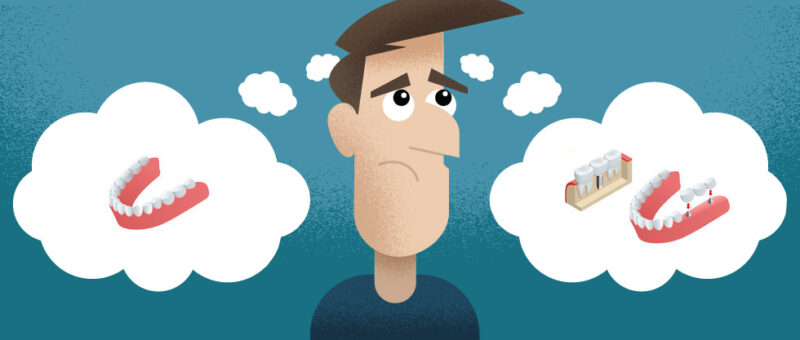Real Simple
magazine’s November 2011 issue had an article on dental health that got us thinking– what are some tips and guidelines we can offer our patients to help prevent dental emergencies and issues? What are some ways our patients can take care of their smiles at home in between visits that are personalized to their specific age? Here is our guide to caring for your smile in your 20’s, 30’s, 40’s, 50’s, and beyond.
20’s and 30’s:
Even in your 20’s and 30’s, your gums begin to recede.Watch for sensitive spots and mention them to your dentist or hygienist at your next visit.
Continue diligent brushing and flossing (2x a day for brushing, once for flossing). If you know you won’t floss, use a flossing alternative such as a sulca brush, gum pik, or shower flosser. For expert flossing tips from our hygienists, check out here. Remember, brushing only cleans 60% of your teeth–if you want 100% clean teeth (who wouldn’t?!) , you need to floss!
Visit your dentist twice a year–by maintaining this schedule, you can prevent emergency visits that add up in cost and time off work. This schedule should remain consistent as you age, unless your dental health professional suggests otherwise.
Be mindful of your beverage choices–especially soda. If you do drink soda often, use a straw and/or rinse your mouth with water so the highly acidic drink does not sit on the enamel of your teeth.
If you are embarrassed or unhappy with your smile, look into cosmetic options. It is not too late to fix crooked teeth, and there are many options that do not include wires and brackets, such as Invisalign. Cosmetic considerations generally cost between $3500-4000 depending on the complexity of the case.
40’s
Be mindful of older fillings. Resin is the best choice for fillings because they don’t crack easily and they do not contain mercury. Previously, silver fillings were thought to be the obvious choice, but they do crack and wear down.
Gum disease increases risk of cardiovascular issues and diabetes. Watch for sore gums, especially if they bleed when flossing or are red in color. Mention these issues to your dentist. If you do have gum disease, your dentist will discuss treatment options with you, which can include in-depth cleaning or frequent cleanings (every 12 weeks). In some cases, you may be referred to a periodontist.
If your teeth are not as white as you would like, discuss your whitening options with your dentist or consider at-home whitening. However, don’t whiten too often! This can remove enamel from your teeth, which can cause more problems down the road.
50’s and Beyond
Your teeth may be less sensitive now, as the nerves shrink a bit as we age. In turn, plaque becomes more of an issue.
Many medications have a side effect of dry mouth. Saliva helps get rid of bacteria, so if you are experiencing this issue, drink more water, chew (sugarless) gum, or suck on some sugarless hard candy to get your saliva moving.
Watch for:
1. signs of oral cancer
2. effects of osteoporosis, which can cause tooth loss. Dental x-rays can identify this. Prevention can include taking at least 1200 mg of calcium and at least 600 IU of vitamin D daily.
3. burning mouth syndrome– Caused by menopause, this is basically a hot flash in your mouth that feels like you’ve burnt your mouth on a hot beverage. It is caused by a drop in estrogen. Discuss your treatment options with your dentist.

